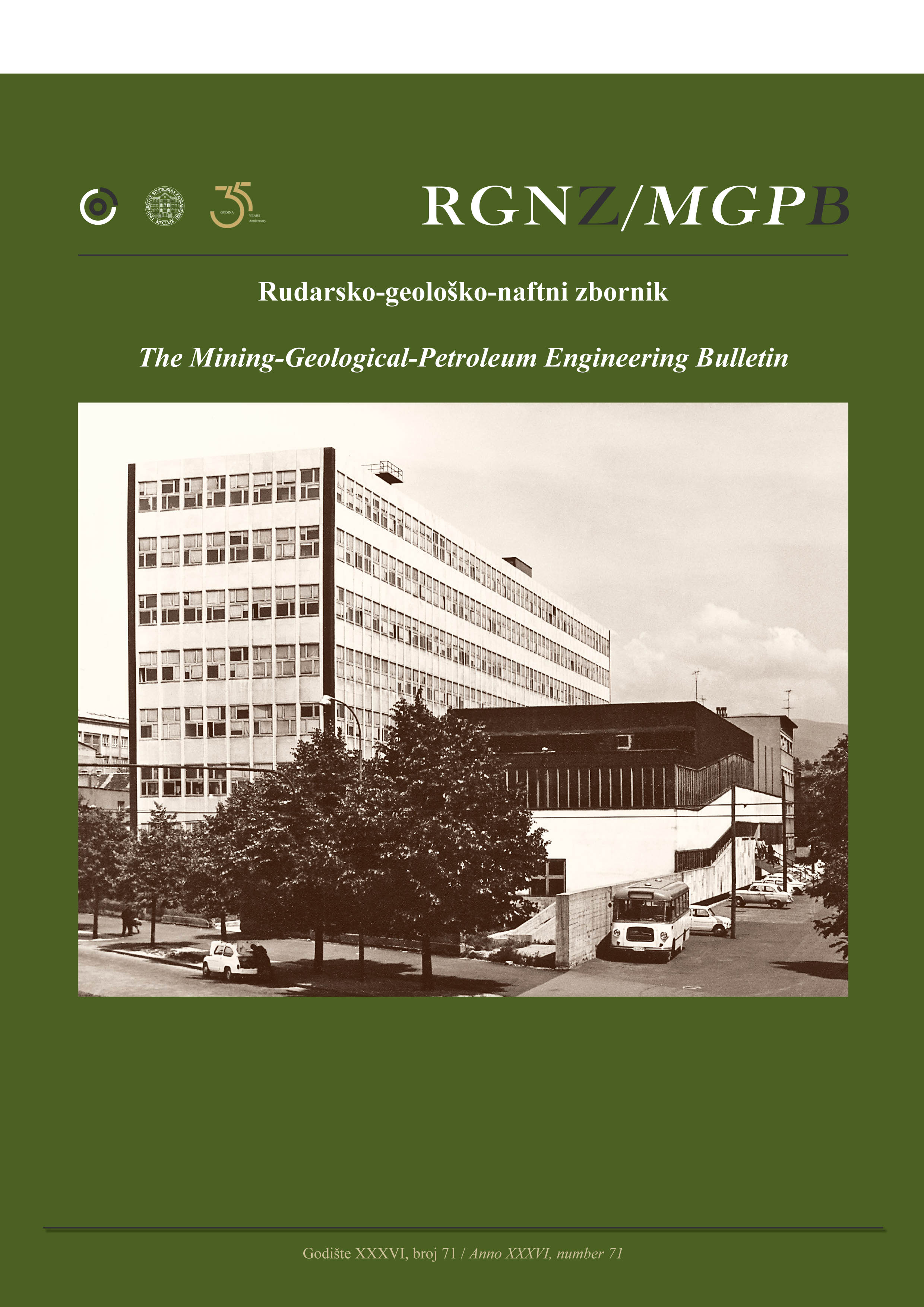Investigating the role of human factors in the risk assessment of underground coal mines
DOI:
https://doi.org/10.17794/rgn.2024.5.12Keywords:
human factors, expert judgment, risk assessment, Fuzzy-TOPSIS, coal minesAbstract
Underground coal mines are always faced with their own specific uncertainties. These uncertainties lead to safety risks and ultimately result in chaos and safety disturbances. Human factors are among the uncertainties that play a vital role in various industries, including underground coal mining. For instance, they affect safety, production processes, machinery maintenance, and productivity. Risk management is one of the primary methods for improving safety in underground coal mines. Risk management is a process that helps identify, assess, and mitigate risks and uncertainties. Its main goal is to protect resources, enhance safety, and increase efficiency through informed decision-making. This article examines the role of human factors in risk assessment of coal mines; it first classifies human factors and then uses the Fuzzy Technique for Order of Preference by Similarity to Ideal Solution (Fuzzy-TOPSIS) method for pairwise comparison to evaluate the risks of underground coal mines. The TOPSIS method is a multi-criteria decision-making technique that operates based on the distance of options from the best and worst solutions. This method ranks the options based on specific criteria and assists in selecting the optimal option. The results of the study on human factors indicated that carelessness, negligence, and distraction had the greatest impact on the risk assessment of underground coal mines, with a similarity index of 0.6516, while the level of education had the least impact with a similarity index of 0.2871.
Downloads
Published
How to Cite
Issue
Section
License
Copyright (c) 2024 Abolghasem Ghasemi, Farhang Sereshki, Mohammad Ataei

This work is licensed under a Creative Commons Attribution 4.0 International License.
Creative Commons-BY
Authors who publish with this journal agree to the following terms:
In agreeing this form, you certify that:
- You read the ethical codex of the RGN zbornik available at journal web.
- You submitted work is your original work, and has not previously been published and does not include any form of plagiarism.
- You own copyright in the submitted work, and are therefore permitted to assign the licence to publish to RGN zbornik.
- Your submitted work contains no violation of any existing copyright or other third party right or any material of an obscene, libellous or otherwise unlawful nature.
- You have obtained permission for and acknowledged the source of any illustrations, diagrams or other material included in the work of which you are not the copyright owner.
- You have taken due care to ensure the accuracy of the work, and that, to the best of your knowledge, there are no false statements made within it.
- All co-authors of this submitted work are aware of, and in agreement with, the terms of this licence and that the submitted manuscript has been approved by these authors.
Publication licence
You retain copyright in your submitted work, according to journal license policy (CC-BY). By signing this form you agree that RGN zbornik may publish it under the publication licence. In summary the licence allows the following:
Anyone is free:
- To copy, distribute, display, and perform the work.
- To make derivative works.
Under the following conditions:
- The original author must always be given credit.
- The work may not be used for commercial purposes.
- If the work is altered, transformed, or built upon, the resulting work may only be distributed under a licence identical to this one.
Exceptions to the licence
In addition to publishing the work printed under the above licence, RGN zbornik will also enable the work to be visible online.
The journal editorial can change the licence rules anytime but it cannot retroactively restrict author(s) rights.


